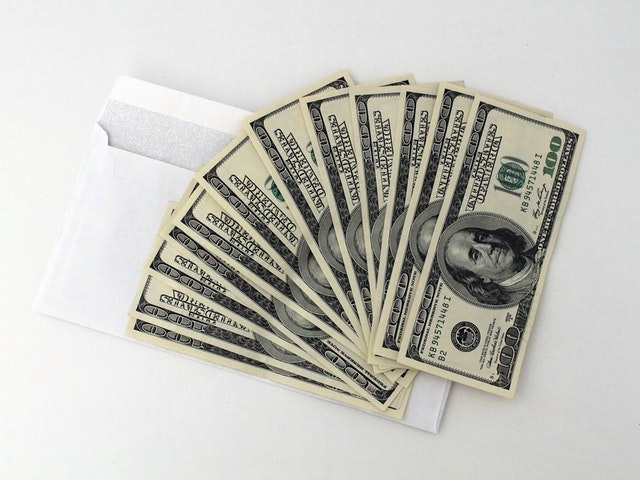5 Tips For Prospective Buyers To Submit A Winning Offer
 In a hot real estate market, agents often tell buyers they must expect to make multiple offers before one is accepted. Disappointment may be the new normal rather than an exception. The stress of repeated rejections isn’t easy, so be prepared.
In a hot real estate market, agents often tell buyers they must expect to make multiple offers before one is accepted. Disappointment may be the new normal rather than an exception. The stress of repeated rejections isn’t easy, so be prepared.
Significant numbers of first-time buyers find the process difficult, and recent research indicates that about 60 percent of Millennials choose to rent rather than own, delaying other important life decisions, including marriage and family.
There are, however, at least 5 ways to strengthen your buyer profile and give yourself an advantage:
Check Your Credit
Take advantage of the free credit checks offered by the three credit reporting agencies, and clean up any questionable entries. At the very least, be prepared to offer clear and cogent reasons for any late payments that appear within the last couple of years. Pay down credit card balances and student loan debt as much as possible, and assure that your employment record is stable.
Sock Away Some Cash
Try to delay your home search until you have enough money for a reasonable down payment and required closing costs, plus a comfortable nest egg or contingency fund. Demonstrate a consistent savings habit. If you plan to borrow the down payment from parents or other family members, be certain it will be adequate and available when you need it.
Talk With Your Loan Officer
Get a definitive idea of how much you can comfortably afford. If you’re a veteran or qualify for other special loan programs, find out in advance. Gain a comfort level with a lender, and listen to the advice that is offered. Interest rates are currently still low, but any rate change will affect the amount you can borrow. Limit your home search homes priced lower than your loan limit.
The only thing better than a pre-qualification letter is approval confirmation for a specific loan amount. In a fast-paced real estate market, seek that pre-approval, so that you’ll be able to move quickly when you find the right property. A pre-approved loan, an offer with no contingencies, and a quick closing date are the marks of an “A-list” buyer.
Define Your Needs
Know your preferred neighborhoods, and prepare a list of “must have” items as well as a wish list to guide your search. But be realistic. Know that home-buying is a matter of priorities and a game of give and take.
Look at a home’s structure and condition; consider the location, and realize that there is no such thing as the perfect house. Know that tired style can be updated, and decor changes are relatively easy on the pocketbook.
Make the First Offer Your Best Offer
In a seller’s market, it’s wise to make the initial offer your best offer. A lowball bid will not impress the seller, and you may never get a chance to submit a higher bid. When there is serious competition for homes, it pays to be serious about every offer.
Finally, know that if you’re persistent and prepared, you will find a home to suit you. Practice patience!
 US homeowners now have over 5 trillion dollars in home equity which is a very large amount of money! So this year may be the year for a lot of cash out refinances and other home equity mortgage products. Most often, when you are purchasing a home, you are buying at or below the appraised value and you are making a down payment.
US homeowners now have over 5 trillion dollars in home equity which is a very large amount of money! So this year may be the year for a lot of cash out refinances and other home equity mortgage products. Most often, when you are purchasing a home, you are buying at or below the appraised value and you are making a down payment. Last week’s economic releases included readings on new and pre-owned home sales and the Federal Open Market Committee’s customary post meeting statement. Fed Chair Jerome Powell gave his first press conference as Chair of the Federal Reserve and FOMC. Weekly readings on mortgage rates and first-time jobless claims were also released.
Last week’s economic releases included readings on new and pre-owned home sales and the Federal Open Market Committee’s customary post meeting statement. Fed Chair Jerome Powell gave his first press conference as Chair of the Federal Reserve and FOMC. Weekly readings on mortgage rates and first-time jobless claims were also released.